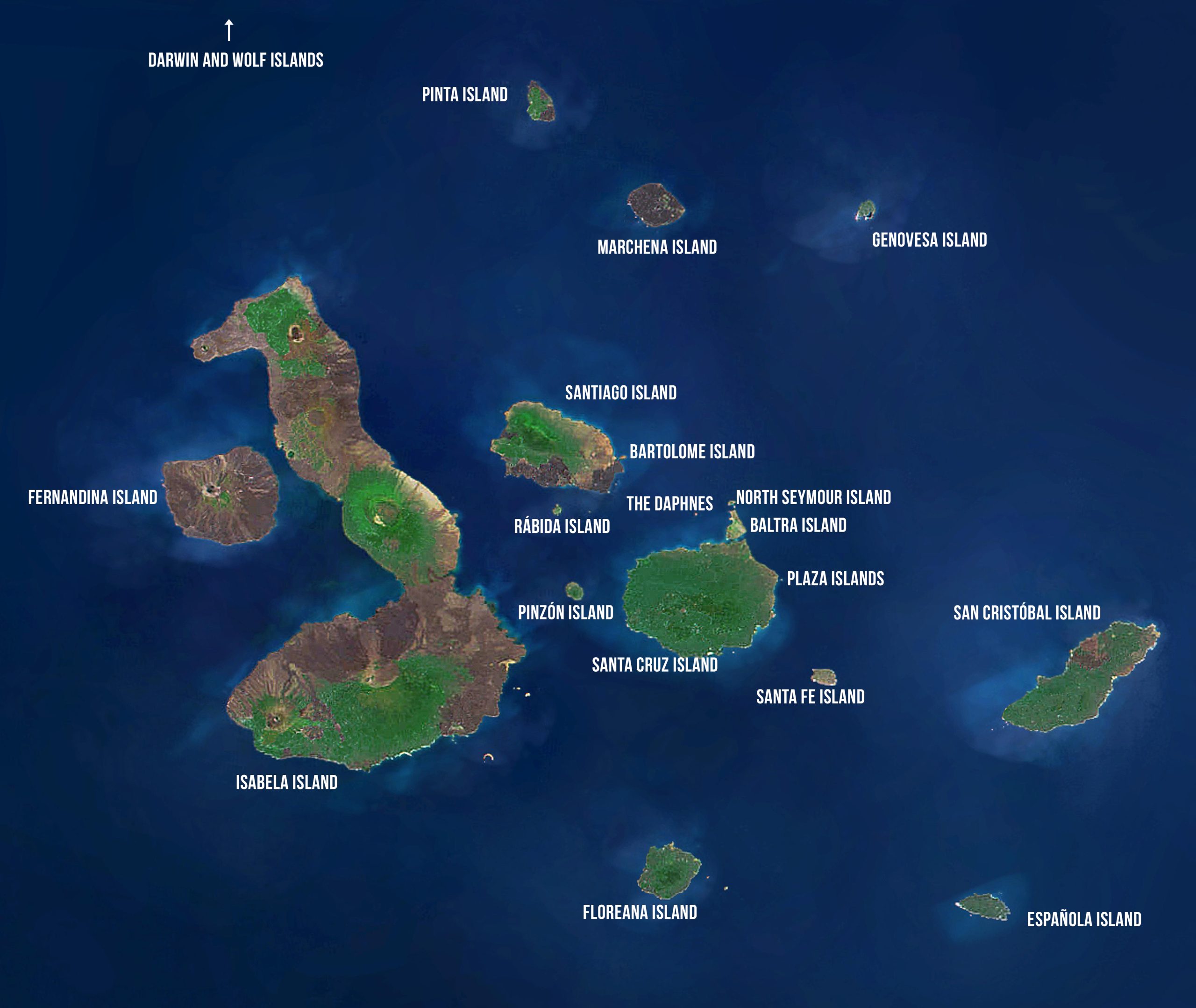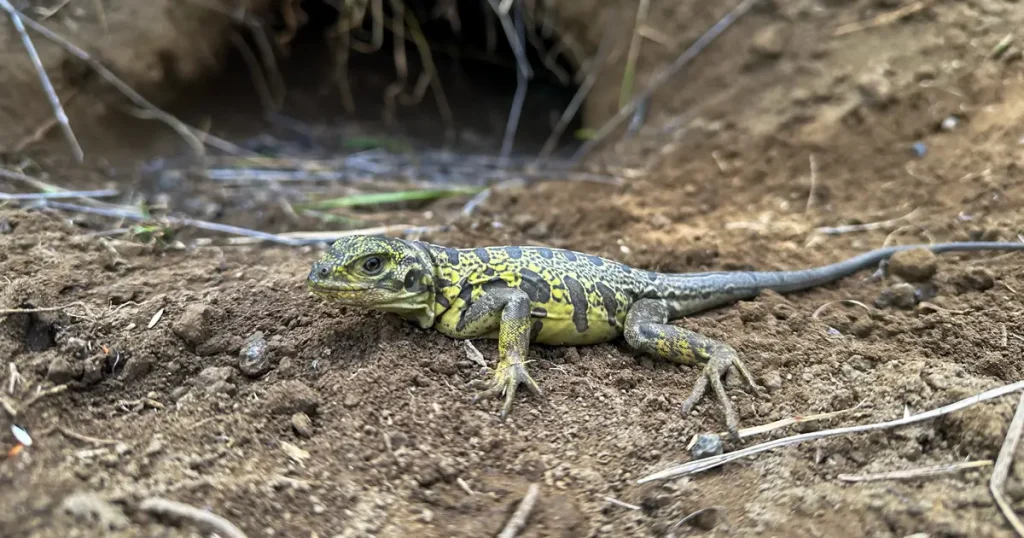Bartolomé Island

Bartolomé Island
Area: 1.2 km2 or 0.5 mi2
Maximum Altitude: 114 m or 375 ft
Human Population: 0
HISTORY
Bartolomé Island was named after Sir Bartholomew James Sulivan, a friend of Charles Darwin who served as principal surveyor and second-lieutenant aboard the HMS Beagle. Bartolomé is a barren islet in Sullivan Bay to the east of Santiago Island. Bartolomé is home to a distinctive and recognizable site of the archipelago: Pinnacle Rock. Pinnacle Rock, a volcanic cone, was formed when magma was expelled from an underwater volcano; the sea cooled the hot lava, which then exploded, only to come together and form this huge rock made up of many thin layers of basalt. Visitors to Bartolomé may recognize the island and Pinnacle Rock from the 2003 blockbuster movie “Master and Commander.”
TODAY
Bartolomé is the most visited and most photographed island in Galapagos. Visitors have access to two sites: one that involves a climb to an incredible viewpoint and the other at the beach where snorkeling and swimming is enjoyed. Birdwatchers should be on the lookout for Galapagos Penguins, herons, and Galapagos Hawks.
CONSERVATION CHALLENGES
The Galapagos Penguins, the second smallest penguin species in the world, have established a small breeding colony in a cave behind Pinnacle Rock. In 1982, these creatures suffered a massive decline during El Niño when the overall population in Galapagos declined from nearly 15,000 to fewer than 500 birds and they have been slow to recover. The most recent cause of concern came in July 2008 when a Plasmodium parasite species was found in Galapagos Penguins. Researchers are worried that this parasite could potentially lead to avian malaria. The penguin population in Bartolomé will be monitored to ensure their health and survival.
Visitor Site: Isla Bartolomé
Visitors land across the small bay, opposite Pinnacle Rock. They proceed to climb a 600-m trail to the 114-m summit (the climb includes a wooden staircase constructed by the Park Service to protect the island from erosion). The summit provides spectacular views of Pinnacle Rock, the immense black lava flows at Sullivan Bay and the rest of Santiago Island, and Daphne Major and Minor. Along the way, various volcanic formations including spatter and tuff cones and lava flows are seen. The climb also gives the visitor a unique insight into species adaptation. The Tequila plant, which appears to be dead brush, is actually made of leaves covered with small gray hairs, which help prevent moisture evaporation and reflect sunlight.
Visitor Site: Pinnacle Rock
Visitors land on the north beach adjacent to Pinnacle Rock. Swimming is allowed on the northern beach, one of the smaller Green Sea Turtle nesting beaches in the archipelago (nesting season is from January to March). Visitors have the opportunity to swim with colorful fish, sea lions and Galapagos Penguins, as well as swim and snorkel around Pinnacle Rock. Galapagos Penguins are usually seen playing. A short trail through the vegetation leads the visitor to the southern beach (no swimming allowed), where stingrays, Spotted Eagle Rays and Black-tipped Sharks can be seen. White-tipped Sharks are present close to shore at both beaches.
Marine Site: Bartolomé
The dive site encircles the large portion of the island. Species most often seen include penguins, sea turtles, sharks, and rays. Red-lipped Batfish are found in the deeper sandy areas. Both swimming and diving are not allowed in front of the southern beach.



